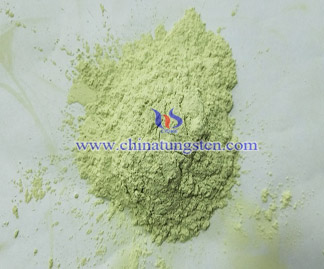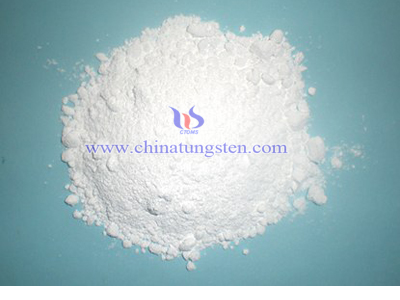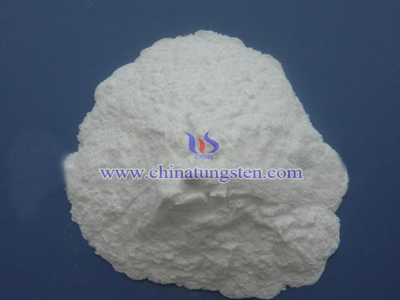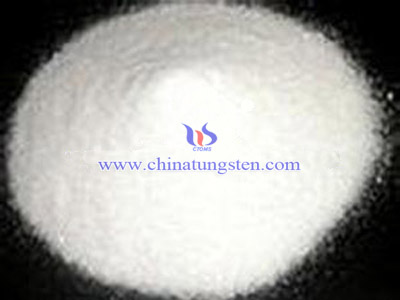Effect of Tungsten Oxide to Health
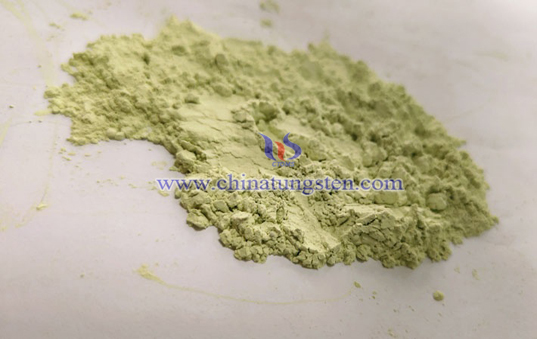
With the continuous expansion of the production scale of tungsten and its products, the use of tungsten has become wider and wider, and the potential threat of tungsten pollution to the environment is also rising. As a substance that can affect chemical changes in organisms and disrupt biochemical exchange channels, the impact of tungsten on human health should begin to be valued.
Most of the tungsten that enters the body can pass through the digestive system and excretory system in a short time and is excreted. A small amount of tungsten that enters the blood may stay in the bones, nails or hair for a period of time before being excreted, but tungsten compounds, such as carbonization tungsten dust, sodium tungstate, tungsten oxide, tungsten carbide, etc., long-term excessive exposure may irritate the skin and eyes, cause inflammation and swelling of the skin and eyes, respiratory diseases such as asthma, and gastrointestinal disorders. In addition, researchers at the University of Exeter in the United Kingdom found that there is an association between people with high tungsten content in their urine and high stroke rates, and this phenomenon is particularly obvious among women and people under 50. Even if other factors such as age, socioeconomic status, smoking, body mass index, occupation, and drinking alcohol are taken into consideration, the risk of stroke among people exposed to tungsten is higher than that of others. The researchers also said that although other metal elements such as nickel and copper that are often used with tungsten may also be associated with stroke rates, the pathology of a large number of stroke cases shows that tungsten is the most important factor.

